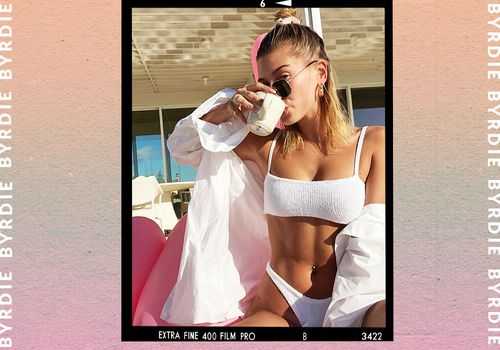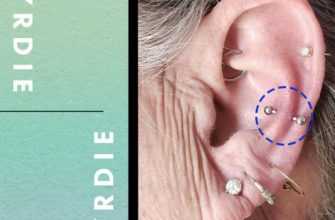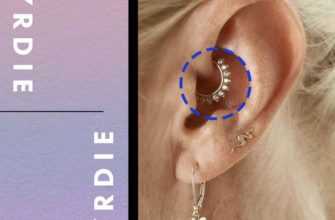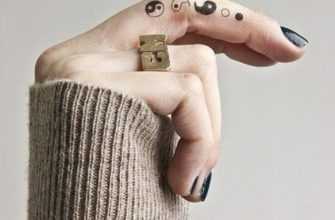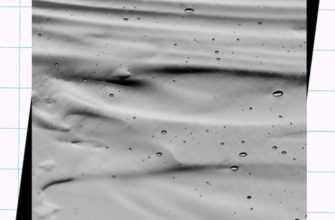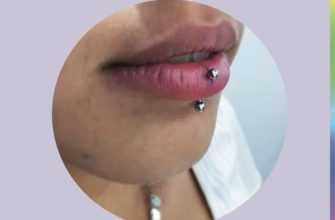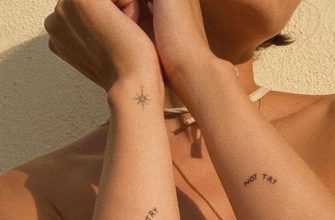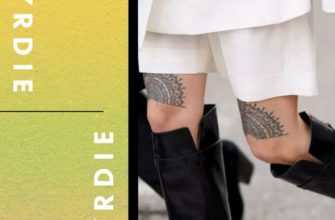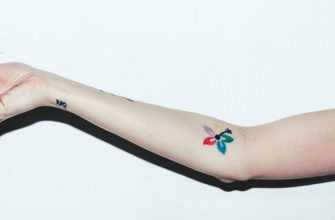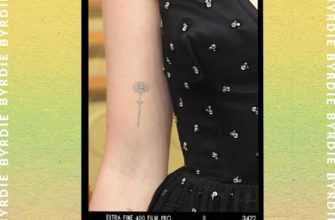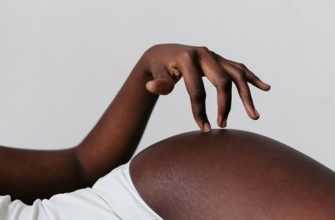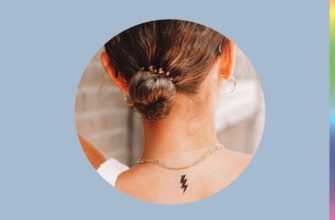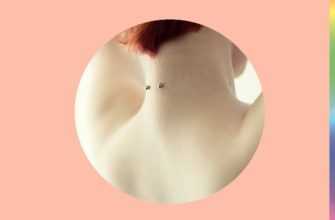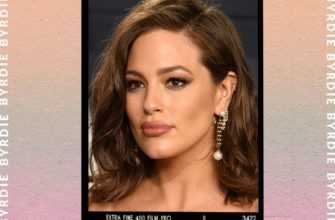What is a Belly Button Piercing? Pain and Healing Time Cost of a Belly Button Piercing Aftercare Side Effects of Piercing How to Change Out a Belly Button Piercing What Type of Jewelry Is Used for a Belly Button Piercing? What Jewelry Material Is Used for a Belly Button Piercing?
Belly button piercings have been popular for a long time—and for good reason. Considering the piercing is fairly painless due to a fleshy placement and easy to take care of since you don’t have to look in a mirror to see it, they’re a great choice that has endured the test of time.
However, it’s important to note that not everyone can get a belly button piercing. Because they are very anatomy dependent, some piercers may deny you service or suggest a different type of belly button piercing (like a floating navel piercing) or location over the traditional style and placement.
If you’re still interested in a belly button piercing, the best place to start is to find a licensed, experienced piercer who will work with your anatomy to give you the best piercing. For more info, read on for everything you need to know about the popular piercing.
Belly Button Piercings
Placement: Pierced through the skin right above the naval, with a true belly button piercing centered directly above the navel
Pricing: $30-$75
Pain level: “I would say around a 4 or 5 with my clients based on their feedback,” says Kristina Outland, a body piercer at Deep Roots Tattoo & Piercing.
Healing time: 6-8 months, fully healed by 12 months
Aftercare: Wash the piercing two times a day with a sterile saline solution and pat dry with a paper towel.
What is a Belly Button Piercing?
A belly button piercing, also known as a navel piercing, is a piece of jewelry that’s typically inserted through the skin, directly above the belly button. This allows the jewelry to hang slightly over the belly button to essentially highlight itself.
Belly button piercings are done either with tools or freehand by a professional piercer. First, the area will be cleaned, and if you have some hair there, your piercer will most likely shave the area with a disposable razor to allow for a smooth and clean piercing site. Then, if your piercer is using tools, the area is held taut with a clamp. The placement is then marked; you should have agreed on location with your piercer beforehand, but now is the time to double-check that it’s marked in the correct spot. After that, a hollow needle will be pushed through to create a hole in the designated spot, followed by the jewelry. Don’t worry if you experience slight bleeding, swelling, or redness immediately after the piercing—that’s completely normal and should subside quickly.
Pain and Healing Time
Although you may think a belly button piercing wouldn’t hurt that much due to being on your stomach, it will hurt slightly—just like any other piercing. Because the skin on your stomach is fleshy, it’s true that you can probably expect it to be less painful than some sort of cartilage piercing. However, a piercing is created by pulling a needle through the skin, so there is, of course, some pain involved.
“I would say around a 4 or 5 with my clients based on their feedback; I would rate my own at a 4 or so,” says Kristina Outland, a body piercer at Deep Roots Tattoo & Piercing. “It’s a super quick process which makes it very manageable.”
A belly button piercing will most likely take anywhere from six months to a year to fully heal depending on how you care for it and your day-to-day lifestyle; however, the most common time frame is between six and eight months Regardless, it’s important to check with your piercer when you believe it’s healed before stopping aftercare—if it’s still healing, the site could become infected.
Cost of a Belly Button Piercing
How much a piercing costs is entirely dependent on the studio you go to, your geographic location, your piercer’s experience, and how complicated your piercing is. On average, however, you can expect a belly button piercing to run between $30 and $75. Of course, this price tends to include a very basic jewelry option (if it’s included at all). If you decide you want to get a better or different piece of jewelry, you’re most likely going to have to pay more. Some studios may even have you pay a separate fee entirely for both the piercing itself and the jewelry.
“In my studio, we usually charge 40 euros [or $49 USD] with a basic titanium internal threaded piercing,” says Claudia Valentini, a Barcelonoa-based body piercer. “If the costumer chooses another option, we charge [for] the jewelry.”
Aftercare
Following the correct aftercare during the healing process is super important, both because it will help the piercing heal properly and because not doing so could slow down the process.
The first thing to note is that you should wash your hands before touching your piercing to ensure you’re being as sterile as possible and to avoid passing any bacteria. Then, it’s recommended to clean your piercing twice a day with a sterile saline solution. Be sure to dry the area with a paper towel after, as a typical hand or bath towel could harbor bacteria.
During the healing process, Dr. Lauren Dozier—a dermatologist and medical director at Brickell Cosmetic Center in Miami, FL—suggests staying away from antibitotic ointment, as this can suffocate the piercing site and cause more problems. She also recommends wearing loose-fitting clothing and pants that have low-rise waistbands to ensure you don’t irritate the piercing site or cause further complications.
After washing your hands with soap and water, rinse the area with warm water. Don’t pick at the area, as it can cause further irritation or bleeding. It’s also important to avoid soaking your new belly button piercing in anything but a sterile saline solution until it’s healed; bodies of water both big and small like baths, the ocean, or a pool may harbor bacteria and cause infection.
Side Effects of Piercing
- Rash: The piercing site should maintain a normal appearance for the entire healing process, but it is possible that a rash could pop up due to irritation of the jewelry or the skin around the piercing location. If at any point you notice a rash that wasn’t there before, seek medical help immediately.
- Discharge: It’s completely normal for your piercing to leak some off-white fluid for the first few days. This is your body’s natural reaction to a purposeful wound and is meant to protect the area. If the discharge keeps happening, however, or the color changes to a murkier yellow-ish hue, that’s a sign that something could be wrong with your new piercing.
- Infection: Infection is a common risk when getting a piercing, and can be caused by improper care at home (though an inexperienced piercer with unsafe tools could also be the culprit). Watch for a deep red color, increased swelling, skin that’s hot to the touch, and pain, as these could be signs of an infection.
“I always recommend seeing a physician, such as a dermatologist, for evaluation and treatment right away if you develop any of these symptoms,” says Dozier.
How to Change Out a Belly Button Piercing
You can effectively change out a belly button piercing yourself, but you have to be completely sure that your piercing is fully healed before doing so. And, as mentioned, while six to eight months is the typical healing period, it could actually take up to a full year. Because of that, most piercers recommend waiting the full year-long period before switching it out, but if you can’t wait, your best bet is to go back to your piercer to get it changed out.
“I suggest coming to the studio for the first change,” says Valentini. “If that’s not possible, make sure that it’s the right time to change it, and [that you] have good quality jewelry to replace it.”
According to Outland, the top of the jewelry usually comes unscrewed, allowing for the jewelry to be slipped out and easily replaced in the same manner. The one thing to keep in mind is to always wash your hands before touching the piercing in any way to avoid irritating it or transferring bacteria.
“If you do need help or have questions, a reputable piercer is always willing to help you out,” notes Outland.
What Type of Jewelry Is Used for a Belly Button Piercing?
The typical jewelry choice for belly button piercings is a curved barbell, which slightly curves outward to pop against your belly button and generally fit better with the natural shape of your body. This jewelry has a small bead on each end, with one of them being adjustable/removable to allow for you to change out the jewelry if you want.
What Jewelry Material Is Used for a Belly Button Piercing?
- Implant-Grade Stainless Steel: “[Implant-grade] stainless steel is usually the safest type of metal for a piercing due to its low irritant or allergic sensitizing potential,” says Dozier.
- Titanium: If you’d rather avoid the potential negative affects of surgical steel or if you know you’re allergic to nickel, medical-grade titanium is your best bet.
- Gold: If you’re more of a gold person for the general aesthetic and look, feel free to choose that metal for your new piercing. Also, make sure it’s at least 14 karats, as anything less than that is too soft and unsafe for the body.
Article Sources Byrdie takes every opportunity to use high-quality sources, including peer-reviewed studies, to support the facts within our articles. Read our editorial guidelines to learn more about how we keep our content accurate, reliable and trustworthy.

